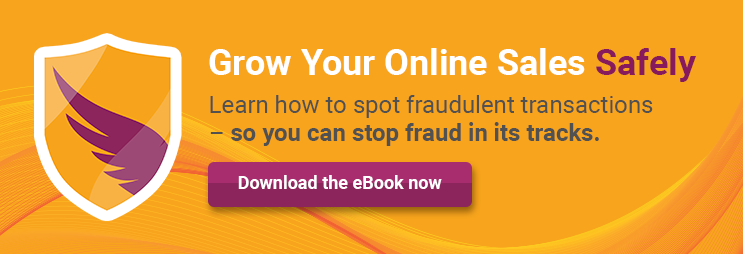Oversharing on Social Media Could Put You at Risk for Identity Theft
By sharing the minutiae of our daily lives—not to mention our friends’ and families’ lives as well—we open the door for tech-savvy criminals to learn private details that make it easy to steal an identity.
None of us are immune to the risk, either, from millennials to baby boomers. According to an identity fraud study conducted by Javelin Strategy & Research, in 2014, an estimated 12.7 million U.S. consumers were victims of at least one instance of identity theft, to the tune of a cool $16 billion. Beyond dollars, identify theft can be measured in the hours, days—even years—it takes for victims to repair the damage.
To thwart these online thieves, it’s vital that consumers understand what they should—and shouldn’t—share and how they can secure the information they do share.
A post is worth a thousand passwords
Stealing an identity online can be surprisingly easy. Thieves need just a few key pieces of information to unlock passwords, open accounts, and engage in fraudulent activity. And with the level of detail people seem willing to share publicly, social media gives these fraudsters the perfect opportunity.
Consumers have been encouraged for years to not share information online, such as travel plans, daily routines and Social Security numbers, and this has certainly helped slow down fraud. But many consumers don’t realize the list doesn’t stop there. Other critical details that cybercriminals might easily find on social media include:
- Full name, address, and phone number
- Marital status (including a spouse’s name)
- Mother’s maiden name
- Full birthdate
- Current and previous hometowns and schools
- Pets’ and children’s names
- Employers and other key affiliations or hobbies
Consumers should consider changing key details in their profiles and posts, such as altering birth years or using a childhood pet’s name instead of that of a current pet, when signing up for social media sites, third-party apps or other websites. Creating a private, carefully edited persona can certainly help people avoid being the victims of identity theft.
How identity theft affects merchants
Of course, the victims of identity theft aren’t limited to individuals. Businesses are at risk as well. For example, fraudsters can pose as your company to lure in unsuspecting customers or outright steal your company’s credit identity. This jeopardizes your sales, public reputation and credit rating.
On a more practical level, as a merchant it becomes paramount to scan every sale to make sure each customer is who they say they are. Accepting payments from fraudulent accounts can result in:
- Reputation damage. After the data breach of a merchant, customer loyalty and future purchasing decisions are significantly affected; in fact, 28% of victims will avoid that merchant in the future.
- Increased costs. Every $1 of fraud loss—including identity theft fraud losses—costs retailers $3.34. Why so much? The replacement costs, chargebacks, investigation costs, and payment processing fees from financial institutions add up quickly.
Encouraging customers to be socially aware
Certainly, social media offers both consumers and businesses amazing opportunities to connect and grow. But the breadth of private information that is now publicly available puts both groups at significant risk for identity theft.
It’s not about how many social media platforms your customers are on. It’s not even about how active they are on them. It’s about the information they share and the security they have in place to keep that information safe.
The volume of consumers affected—and the corresponding dollar amount involved—highlights the need for both consumers and retailers to increase security and vigilance.
Educate your customers on how to monitor the information they divulge online, and ensure your business is ready with a quick response in the event of a data breach. You’ll increase their confidence in your commitment to security, and they’ll appreciate that you’re looking out for their best interests. And that’s definitely news worth posting.
Looking for more insights into identifying potentially fraudulent transactions? Contact Clearsale today and talk to our fraud prevention analysts.
 Sarah Elizabeth
Sarah Elizabeth
